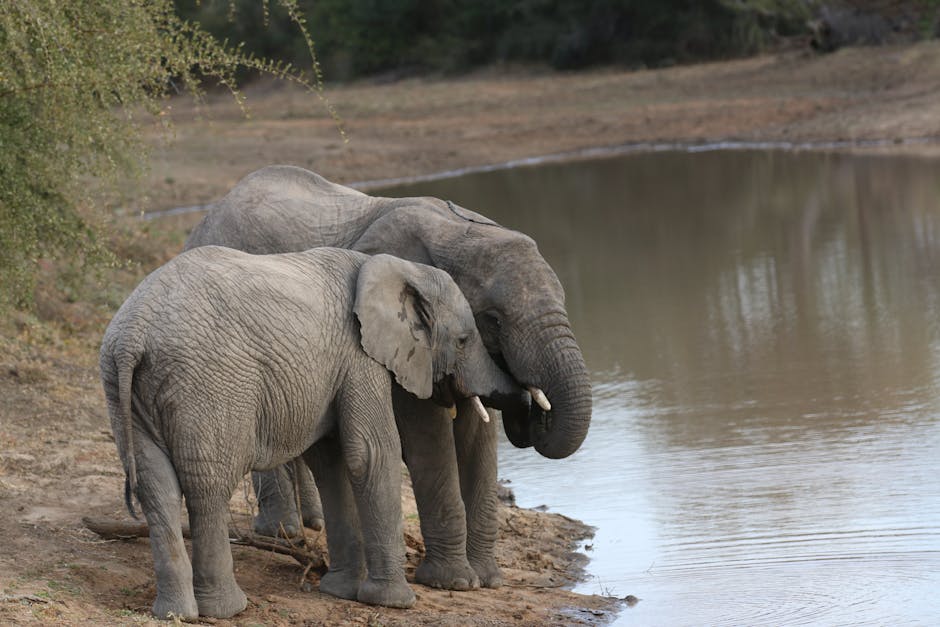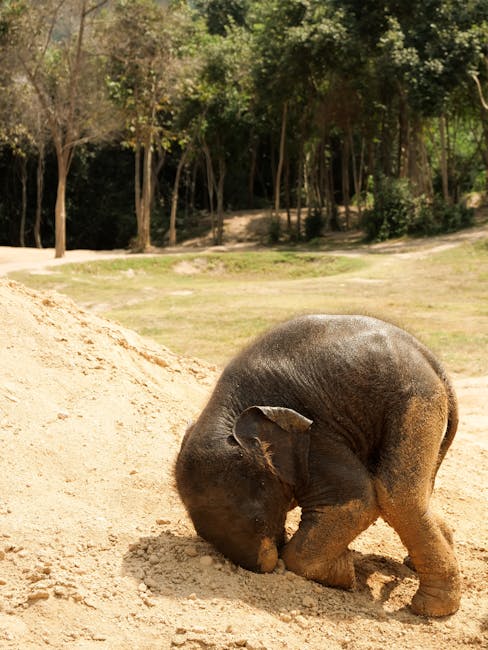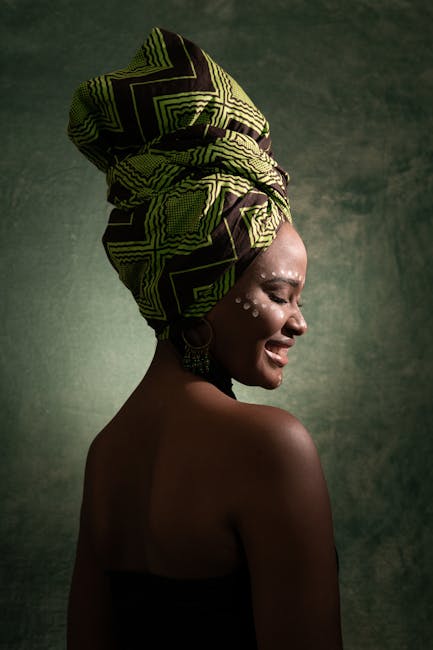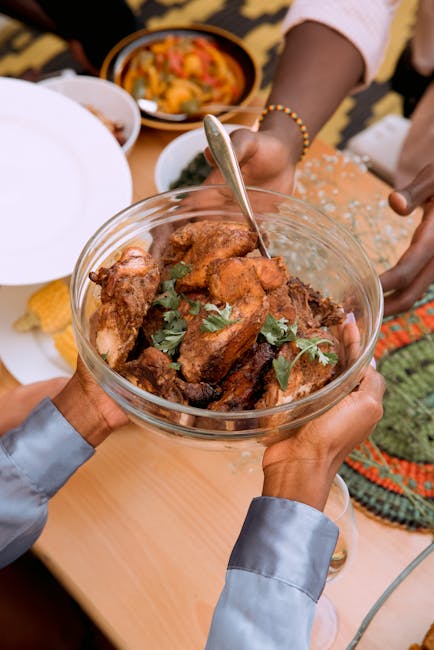https://www.youtube.com/embed/8ysHIQQweoE
In June 2020, in the wake of massive protests
against police brutality and the death of George Floyd, a Black man who was killed during
his arrest in Minneapolis, the New York Times made an unprecedented move. They announced that from then on, they would
be capitalizing the ‘B’ in ‘Black’ to “describe people and cultures of African
origin, both in the United States and elsewhere.” It was a big moment not only for Black people,
but also for the term “Black” itself. As is the case for many communities, “Black”
isn’t the only accepted word that’s been used to describe Black people.
There are other “ethnonyms,” or names
that refer to ethnic or racial groups. Perhaps its most famous contemporary is “African
American,” a term that has become somewhat less popular in recent years in the U.S. But let’s take a look at the history of
both terms. After all, if we’ve learned anything on
this channel, it’s that language is a constantly changing thing. Perhaps by digging deeper, we can gain a deeper
understanding of just how difficult it is to encapsulate different peoples and cultures
under one umbrella, and how what appears to be the end of a linguistic journey is often
just the beginning. Before we get into the nuances of the different
words people o f African descent have used to describe themselves, we should probably
start with, well, Africa itself.
Not just the continent, but the word. Africa is a massive, massive chunk of the
earth, and is home to many different cultures that don’t necessarily see themselves as
belonging to the same group. Indeed, it’s the most diverse continent
in the world. It is, after all, where our human history
begins. The history of the word “Africa” is contentious,
and scholars have been left with just theories. We know the ancient Romans coined the term,
but we don’t know where they got it from.
Still, historians agree that the first known
reference to “Africa” was around 2000 years ago when the Romans used it to refer
to Carthage, a rival empire located in present day Tunisia and Northern Algeria. Of course, the Romans weren’t the first
and only people to give this region a name. The ancient Greeks called the continent “Libya.” But what did the ancient Africans call themselves? Well, the many, many tribes and cultures there
had a number of names and concepts to describe themselves. But ultimately, the Roman term “Africa”
won out among Europeans, even though, in the minds of the ancient Romans, the name only
applied to a small portion of the northern coast of the continent. That’s possibly because as Europeans moved
further south into the continent, they just brought the name with them.
Thus, the word “Africa” came into popular
usage. So that’s where we get “Africa,” but
now comes another piece of the puzzle: Where did we get the word “black,” and how did
it come to be thought of as interchangeable with “African?” It’s important to get into, because while
the term “Black” is gaining in popularity today, the term “African American” actually
rose to prominence because it was considered more appropriate than “Black” or “colored.” In other words, “African American” exists
because it was once seen as a sort of remedy to the perceived inappropriateness of “black,”
a word that has historically been used for people of sub-Saharan African descent, particularly
those who were enslaved.
It was at a news conference in 1988 in the
Chicago Hyatt Regency O’Hare Hotel that civil rights activist Rev. Jesse L. Jackson
announced that Black people preferred to be called “African American.” Jackson said: “To be called African American
has cultural integrity . . . It puts us in our proper historical context. Every ethnic group in this country has a reference
to some land base, some historical culture base. African-Americans have hit that level of cultural
maturity.” And why transition to “African American”
from “Black”? Well, as Black Studies scholar E. Patrick
Johnson notes, the word has a “difficult history” that goes back to at least the
14th century Europe where “black” took on a moral dimension.
It was used to describe evil and corruption,
something that was tainted or soiled. It came in handy when time came to justify
the enslavement of an entire group of people, and was used to associate dark-skinned people
with immorality. It was used, in essence, to make it seem like
they didn’t have the same kind of souls. But during enslavement, “black” was not
the most prominent word used to describe the people stolen from their homes in Africa. “Colored” people and “negro” were
much more common, and it wasn’t until after emancipation in 1863 that “black” came
into more popular use. Though, as E. Patrick Johnson mentions, this
wasn’t necessarily positive. Instead, the increased prominence of the word
“black” was due to “black codes,” which limited rights post-emancipation. The word being used to justify white supremacy
meant that using it in any other context would be an act of reclamation, and like many words
affecting marginalized groups that get reclaimed, not everyone in the community is down with
it. But the word’s complicated history also
made it a potent tool for Black activists and revolutionaries to recontextualize its
power: as a word that referenced a brutal history, put in the hands of the people it
once denigrated.
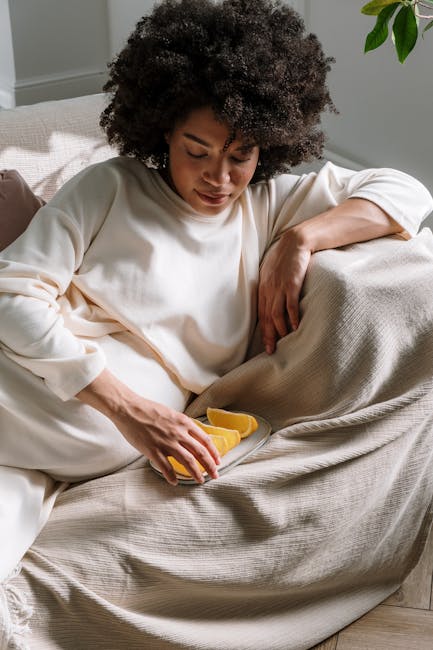
This way of thinking found a powerful advocate
in W.E.B. Du Bois in the early twentieth century. Du Bois was a critic of racial biological
essentialism, or the idea that people are born into different races that determine,
among other things, their intelligence and potential. He published The Souls of Black Folk in 1903,
a seminal work on race in America that boldly recontextualized the word “Black.” For an example of how it was received, the
Nashville Banner wrote in its review that The Souls of Black Folk was, “dangerous
for the Negro to read, for it will only incite discontent and fill his imagination with things
that do not exist, or things that should not bear upon his mind." Another person who embraced the word “Black”
was Stokely Carmichael, an organizer who brought wide attention to the term “Black Power”
during the June 1966 Meredith March Against Fear in Mississippi.
At 19, Carmichael had been the youngest person
arrested in the 1961 Freedom Rides, and had gone on to become a prominent voice in Black
activism. “Black Power” caught on and was embraced
by the Black Panthers, which was founded in 1966 in Oakland, California, by Huey P. Newton
and Bobby Seale. They aligned with socialism and Marxist political
philosophies, and they believed revolutionary change was required to root out racism. But some prominent factions of the movement
weren’t too keen on the term “Black Power.” Roy Wilkins, the then executive director of
the National Association for the Advancement of Colored People, condemned it as “anti-white
separatism,” and Martin Luther King Jr.
Said the phrase “falls on the ear as racism
in reverse.” But it’s not a matter of figuring out who
is right and who’s wrong here, rather it’s about realizing that these debates are not
new and are likely to continue. An essay in 1904 by Black activist Fannie
Barrier Williams tackled the subject of shedding the then popular term “Negro” in favor
of “colored” or “Afro-American.” She preferred “colored,” saying it was
a “name that is suggestive of progress toward respectful recognition.” And indeed, “colored” would go on to become
a prevalent term for Black people in the U.S.
Its eventual association with Jim Crow, however,
saw it become taboo in the ensuing decades. In the end, no one person’s word is final. It’s better and more accurate to think of
this as an ongoing conversation about identity, inclusion, and language. Language is a powerful tool that can oppress
and empower. That’s why slurs are so often at the center
of debate, and why reclamation is such a tricky process. Black rising in popularity over African American
doesn’t put a period on the discussion so much as it introduces more question marks. Black scholars and sociologists are now asking,
for example, if the word “white” should be capitalized as well.
Some say it shouldn’t be, as it refers to
a skin color and not a shared experience, while others say this argument gives white
people a pass on having to reckon with their identities. Not capitalizing it, in other words, makes
it seem like less of an identity or a culture, and thus absolves white people from having
to think of their actions in the collective like so many nonwhite communities are pushed
to do. Whatever the future holds, the common thread
in both past and present is the desire of marginalized people to use language to put
a name to their experiences, empower themselves, and connect with one another.
It’s likely that will remain the case. If we’ve learned anything over the past
few months, it’s that voice is a powerful thing that can change the world. It’s important to be mindful of what you say..
african instruments
https://howtoplaythedjembedrums.com/why-do-we-say-african-american/
